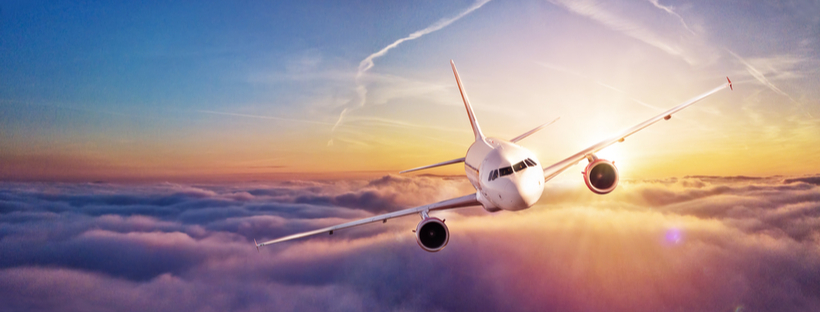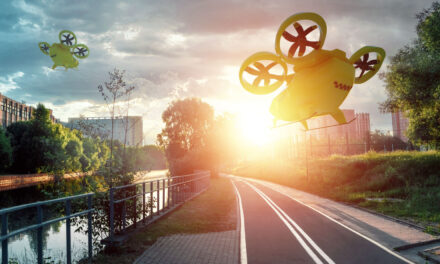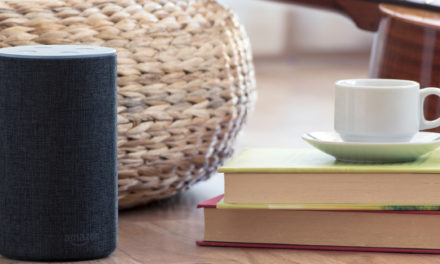
The Future of Air Travel
It seems clear that air travel has changed forever, but what may be surprising is just what those changes may look like. Aside from the more obvious health-related changes that are likely to be implemented by airlines, there are a number of developments—not all of which are pandemic-related—that are likely to shape the air travel experience in the years ahead.
To view the full article please register below:
The Future of Air Travel
The near-total shutdown of air travel in the wake of the coronavirus pandemic is a memory growing more distant each day, though its impact may last for years to come.
It seems clear that air travel has changed forever, but what may be surprising is just what those changes may look like.
The Conditions for Change
Aside from the more obvious health-related changes that are likely to be implemented by airlines, there are a number of developments—not all of which are pandemic-related—that are likely to shape the air travel experience in the years ahead.
One of the most immediate impacts arises from the precarious financial situation of airline companies post-pandemic. Weighed down by debt and beholden to the government, travelers may feel the brunt of under investment, route reductions and high fares for years to come.
Reduced business travel will dampen profits, adding to the financial pressures. In this environment, low-cost carriers may thrive, thanks to their advantage of a lower cost structure and a surplus of available pilots.
Airlines will be further challenged by the pressure to reduce their carbon emissions. This will require spending on newer, more efficient planes and the coincident retirement of older plans. Fortunately, Airbus and Boeing both have plans for a net-zero-emission plane for short hauls, while the longer-term vision includes a hydrogen-powered plane.
It may not be long before we see supersonic planes. Initially, higher speeds will be confined to smaller planes (eight-10 seats); expect them to become popular among the wealthy. (On the outer edges of imagination, Elon Musk dreams of using SpaceX’s Starship rocket to fly 100 people from New York City to Shanghai in 39 minutes—at a cost lower than business class.)
Of course, demand for healthy travel will be high. That will drive efforts already underway, including:
- Contactless technologies for check-in, security screening, pre-ordering of food and beverage, and how passengers interact with on-board entertainment systems
- Ultraviolet light technology for cleaning airports and planes
- New passenger terminal experience in which check-in and security screening happens at the same time; indeed screening, customs and baggage handling may occur off-site so that terminals become a place to relax
- Bingo boarding, virtual queuing and security checkpoint reservations may all be implemented to reduce crowding
Security screening should become a more convenient exercise as airports move to risk-based screening (using big data), which may eliminate the need to screen everyone.
Finally, baggage check-in may be done from home (think “UberBaggage”) with RFID (radio-frequency identification) tags that enable travelers to track their bags in real time as they are transported directly from home to hotel.
Please reference disclosures: https://blog-dev.americanportfolios.com/disclosures/












